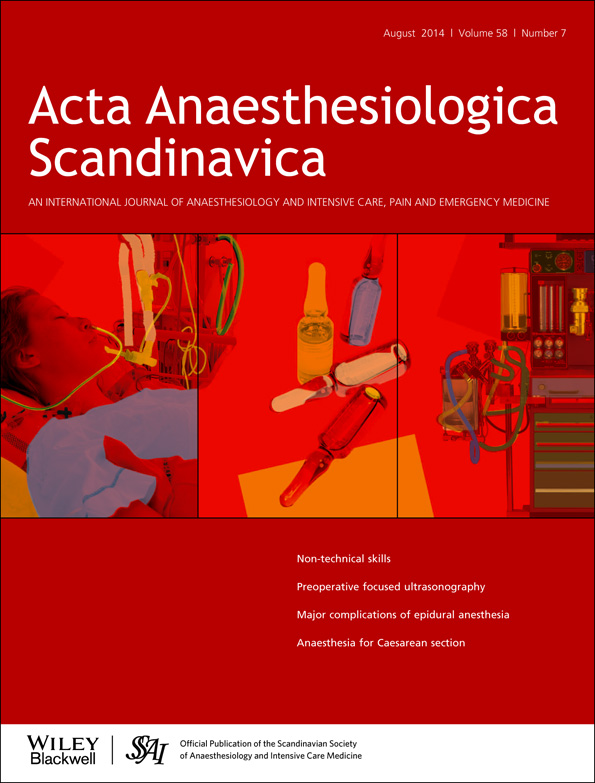Monitoring of myocardial function by ultrasonic transducers
Abstract
Background
The aim of this PhD thesis was to provide a continuous method to monitor myocardial function during cardiac surgery with the superior sensitivity of ultrasonic technique and the continuity of electrocardiographic (ECG) monitoring.
Methods
An ultrasound system with epicardial transducers was provided, presenting real-time M-mode LV wall images. In two experimental studies the transducers were tested. Their sensitivity in myocardial function assessment was compared to ECG and hemodynamics during ischemia and hypothermia. In one patient study during off-pump coronary artery bypass surgery the transducers were used to monitor myocardial function, and an automated analysis algorithm was tested.
Results
In the experimental studies the ultrasound system could detect myocardial dysfunction during ischemia, and diastolic dysfunction during hypothermia. In the patient study the ultrasound signal detected ischemia without concomitant ECG ST-segment abnormalities or hemodynamic changes. The automated algorithm had equal sensitivity for detection of ischemic myocardial dysfunction as manual off-line analysis.
Conclusions
The provided ultrasound system could give continuous real-time monitoring of myocardial function, and detect myocardial dysfunction with superior sensitivity than ECG or hemodynamic monitoring. This could be used for improved monitoring of myocardial function during cardiac surgery.




